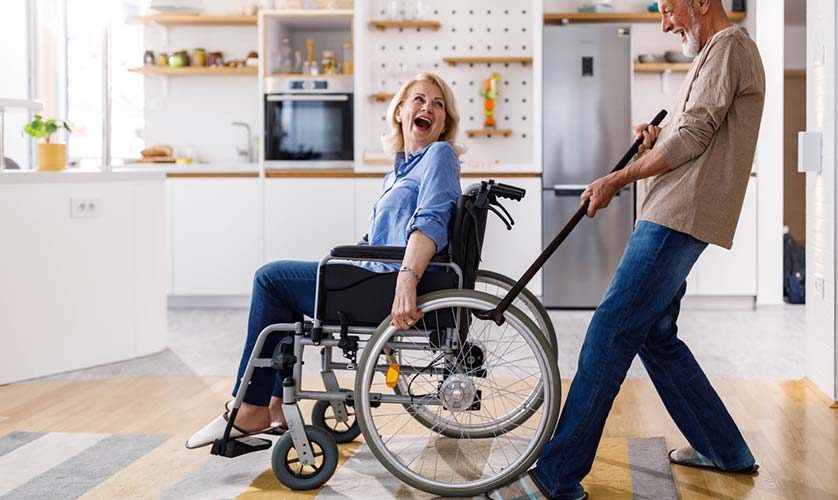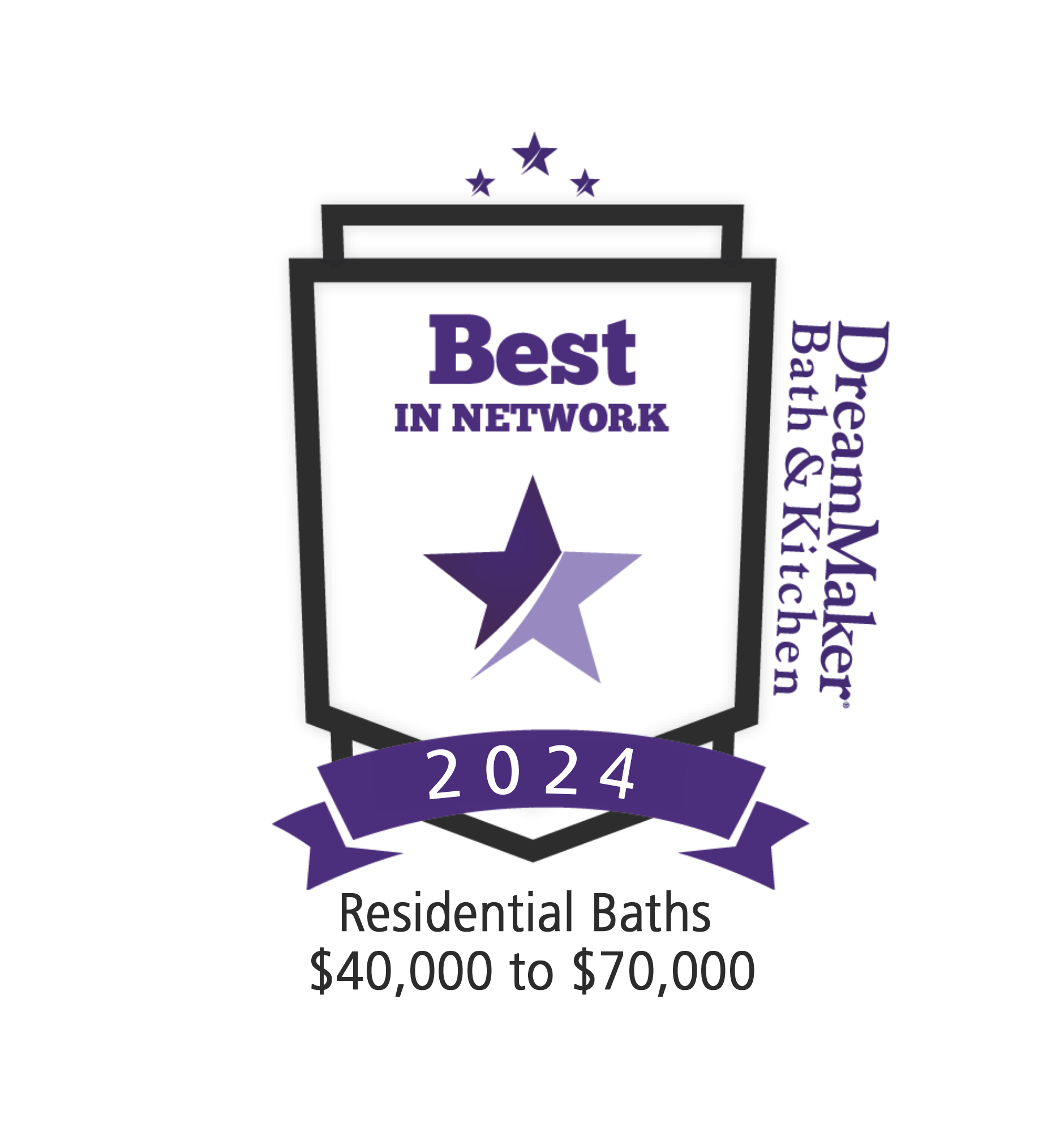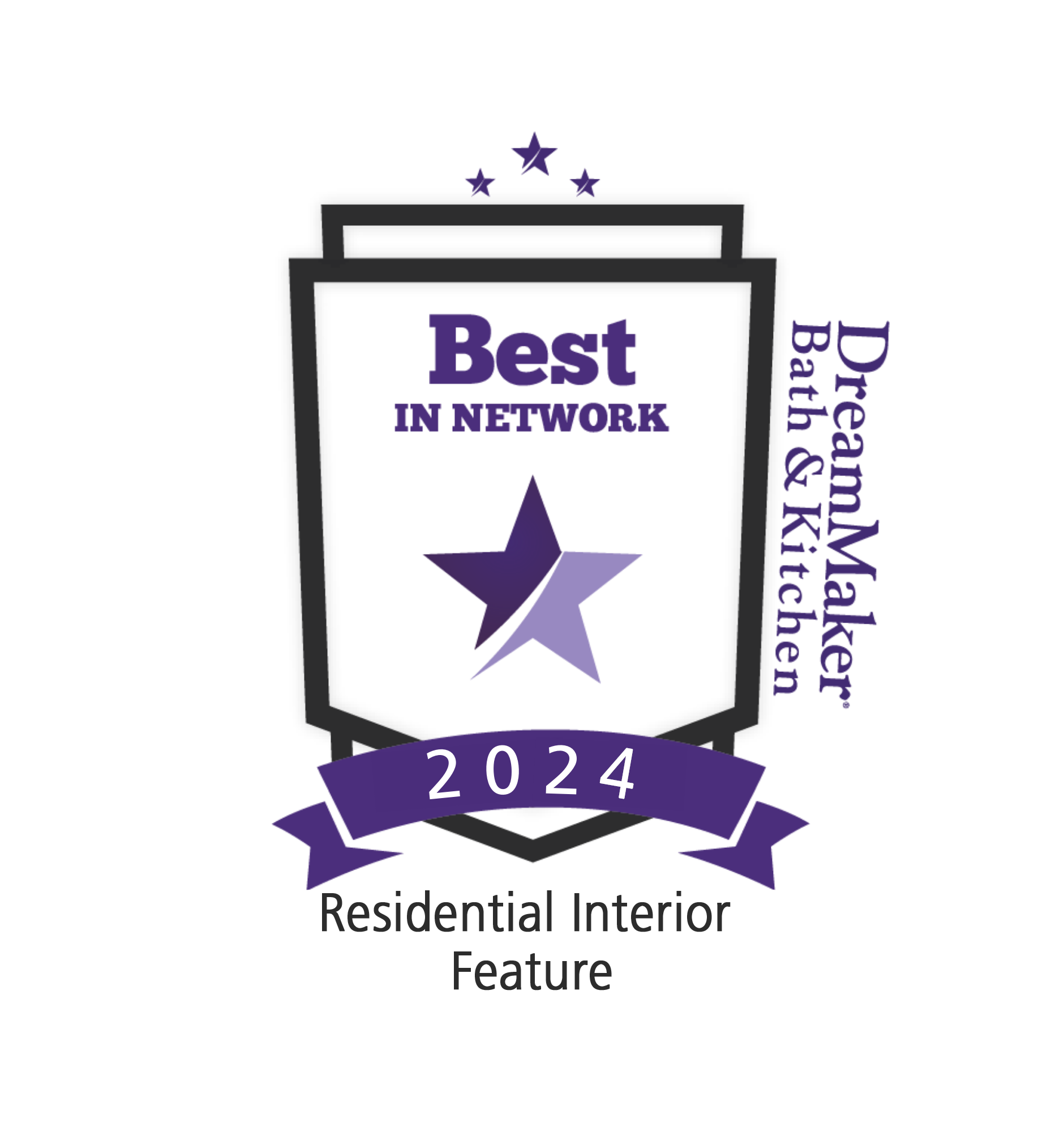
As people age, they often want to continue living in their homes rather than moving to assisted living facilities or nursing homes. This desire to “age in place” has led to increased home remodeling projects to improve safety and accessibility. Here are a few tips to consider when remodeling for safety and accessibility.
Install Grab Bars
One of the most common home modifications for aging in place is the installation of grab bars in bathrooms and other areas where falls are likely to occur. These sturdy bars provide support and stability, making it easier for older adults to move around their homes safely.
When installing grab bars, correctly choosing the right location and securing them is essential. The bars should be placed where they will be most helpful, such as near the toilet or shower. They should also be installed at the correct height for the individual using them.
To add to the importance of choosing the right location and securing grab bars properly, here are some additional points to consider:
- The surface where the grab bars will be installed should be strong enough to support the weight of the individual using them. Avoid installing grab bars on drywall or other weak surfaces.
- Use the appropriate screws or mounting hardware for the surface where the grab bars will be installed.
- Consider the placement of other fixtures and obstacles in the area where the grab bars will be installed. Ensure enough space for the individual to use the grab bars comfortably.
- Regularly check the grab bars for any signs of damage or loosening. It’s essential to maintain the safety and stability of the grab bars over time.
Install Stair Lifts or Elevators
Another popular modification is the installation of stair lifts or elevators. These allow older adults with difficulty climbing stairs to remain in multi-level homes rather than move to a single-story dwelling.
As people age, they often face challenges with mobility and accessibility in their homes. However, with the proper modifications, seniors can continue living in their homes and maintaining independence.
Stair lifts are an affordable and convenient way to help seniors navigate staircases safely. Installation is a breeze, and these can be tailored to match the size and shape of any set of stairs. Stair lifts are available in different styles, including straight, curved, and outdoor options.
Elevators are great for improving accessibility in multi-level homes. Although they are more expensive than stair lifts, they offer a higher level of convenience and accessibility. Elevators come in various sizes and styles and can be customized to fit the homeowner’s unique needs.
Both stair lifts and elevators are excellent options for seniors who want to age in place. They help to minimize the chances of elderly individuals falling and facilitate their mobility. If you or a loved one is considering remodeling for safety and accessibility, installing a stair lift or elevator is an innovative and practical investment.
Include Widening Doorways
As people age, their mobility and physical capabilities change, making their homes less safe and accessible. Remodeling for safety and accessibility is crucial for aging in place and maintaining independence. One of the most important modifications is widening doorways. This allows for more effortless movement of mobility devices, such as wheelchairs and walkers, and reduces the risk of falls and injuries.
Widening doorways also creates a more open and inviting space, which can improve seniors’ overall quality of life. By investing in remodeling for safety and accessibility, seniors can continue living in their homes with peace of mind and comfort.
Incorporate Technology
In addition to physical modifications, technological solutions can enhance safety and accessibility in the home. For example, smart home devices such as voice-activated assistants and motion-sensor lights can make daily tasks easier and safer for seniors. These devices can also provide peace of mind for family members and caregivers who may not be able to be present at all times physically.
As technology advances, there are more and more options available to enhance safety and accessibility in the home. Here are a few additional examples of technological solutions that can be particularly helpful for seniors:
- Medical alert systems: These devices provide a quick and easy way for seniors to call for help in an emergency. Many systems include fall detection and GPS tracking features, ensuring that help will arrive as quickly as possible.
- Smart thermostats: These devices can help seniors maintain a comfortable home temperature without manually adjusting the thermostat. Some smart thermostats can even learn a senior’s schedule and adjust the temperature accordingly.
- Video doorbells: These devices allow seniors to see and communicate with visitors without physically answering the door. This can be particularly helpful for seniors with mobility issues or safety concerns.
By incorporating these types of technological solutions into the home, seniors can maintain their independence and stay safe at the same time.
Ultimately, remodeling a home for safety and accessibility is an investment in a person’s ability to remain independent and live comfortably as they age.
















